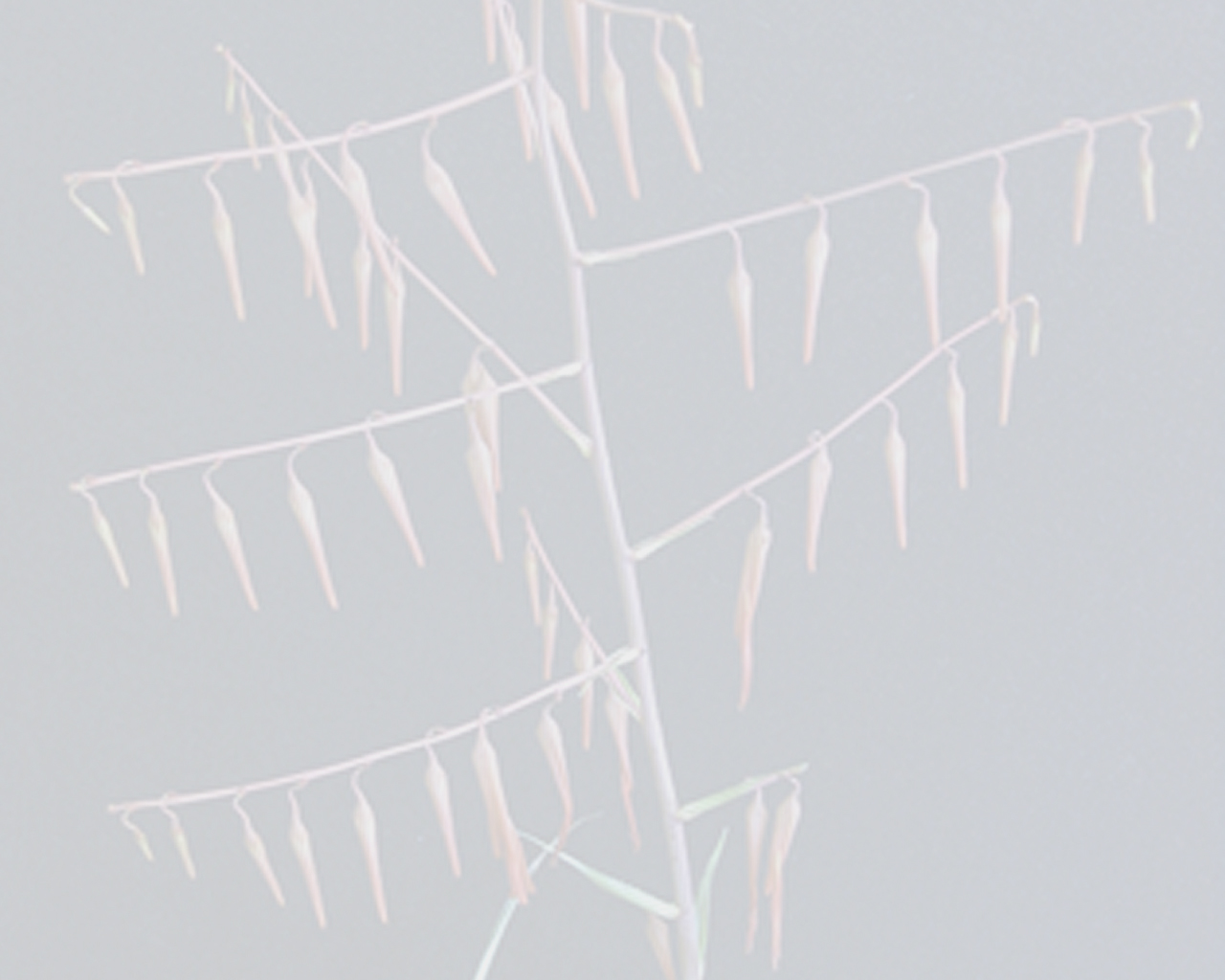
Pitcairnia diversifolia Leme & A.P.Fontana
Literature references:
Comments:
- Distribution, Habitat, and Phenology - Pitcairnia diversifolia has a rupicolous habit, growing completely exposed to sunlight on steep to nearly vertical granitic walls (Fig. lD) in the Atlantic Forest. Populations consist of plants grouped in vegetation "islands" together with Mandevilla sp. (Apocynaceae), Vriesea sp. (Bromeliaceae), and the orchids Bulbophyllum weddelii Rchb. and Bifrenaria harrisoniae (Hook.) Rchb. On the vertical walls, its scape is projected more or less horizontally and the inflorescence becomes erect, thus more or less parallel to the wall (Fig. 1D).
This new species is apparently endemic to its type locality (Pedra dos Tres Pontoes), which is located in the central region of Espirito Santo, under the influence of the Doce River basin. Additional populations may be discovered on other isolated inselbergs in the same region.
Conservation Status - Applying the IUCN (2001) criteria, P. diversifolia can be considered critically endangered (CN), since its area of occupancy is estimated to be less than 10 kmē, its habitat is severely fragmented, its occurrence is known from a single locality, and its habitat is continuing to decline. —See Syst. Bot.

